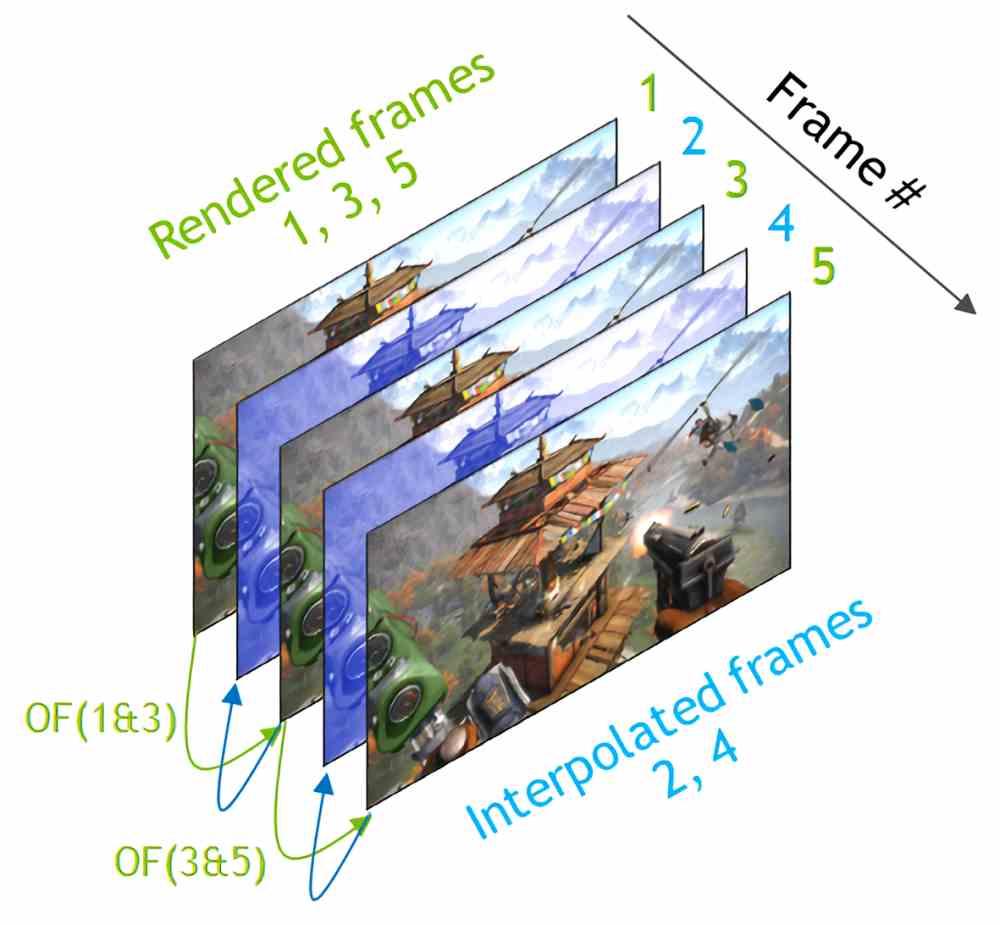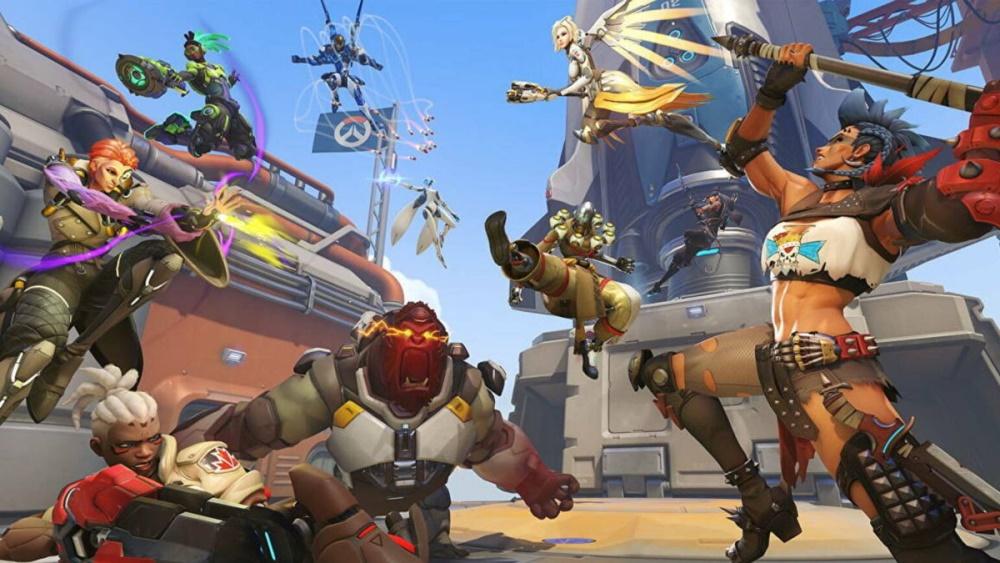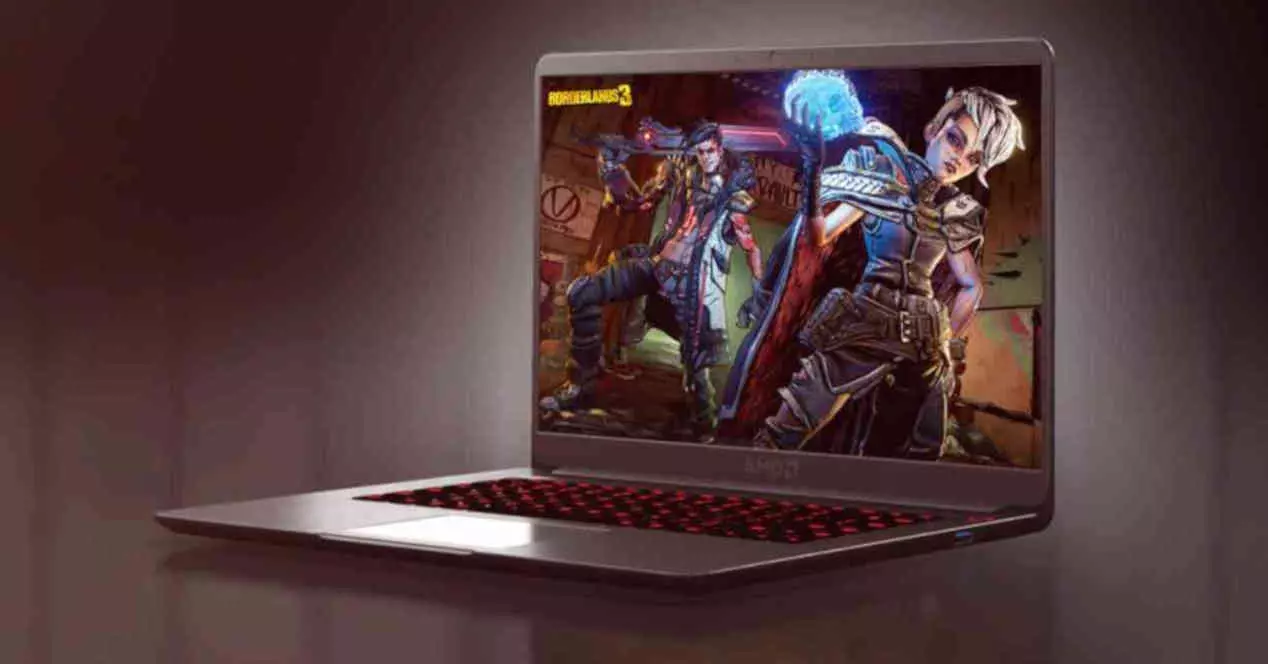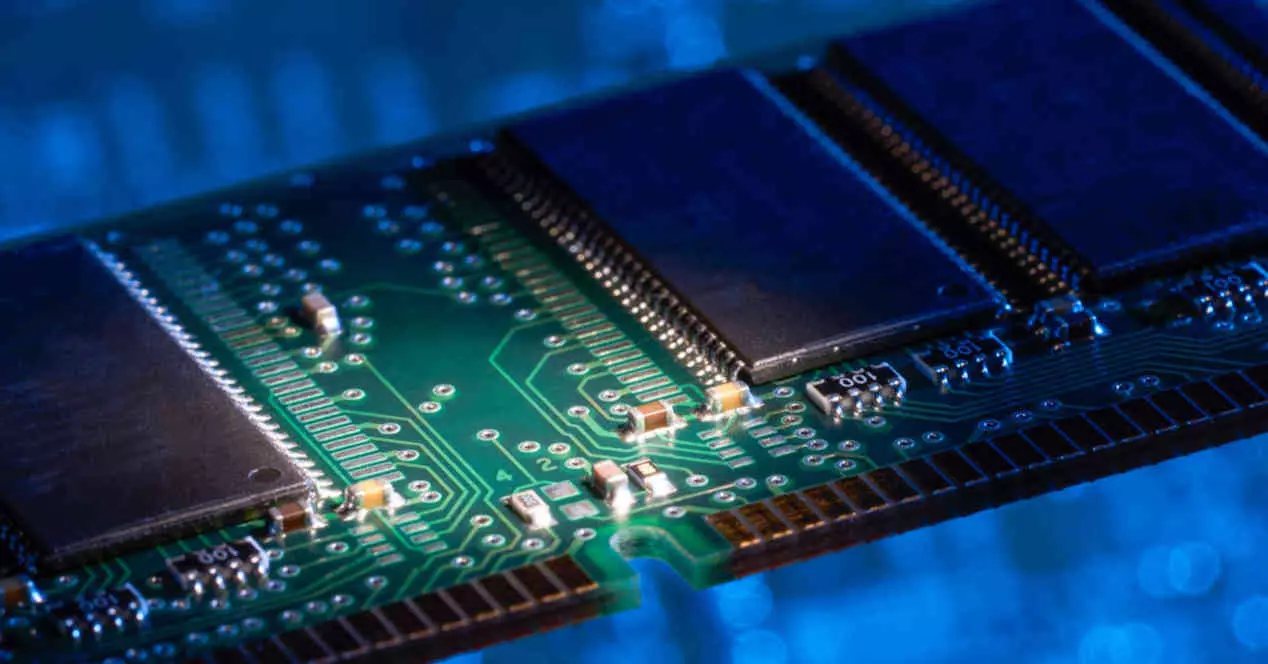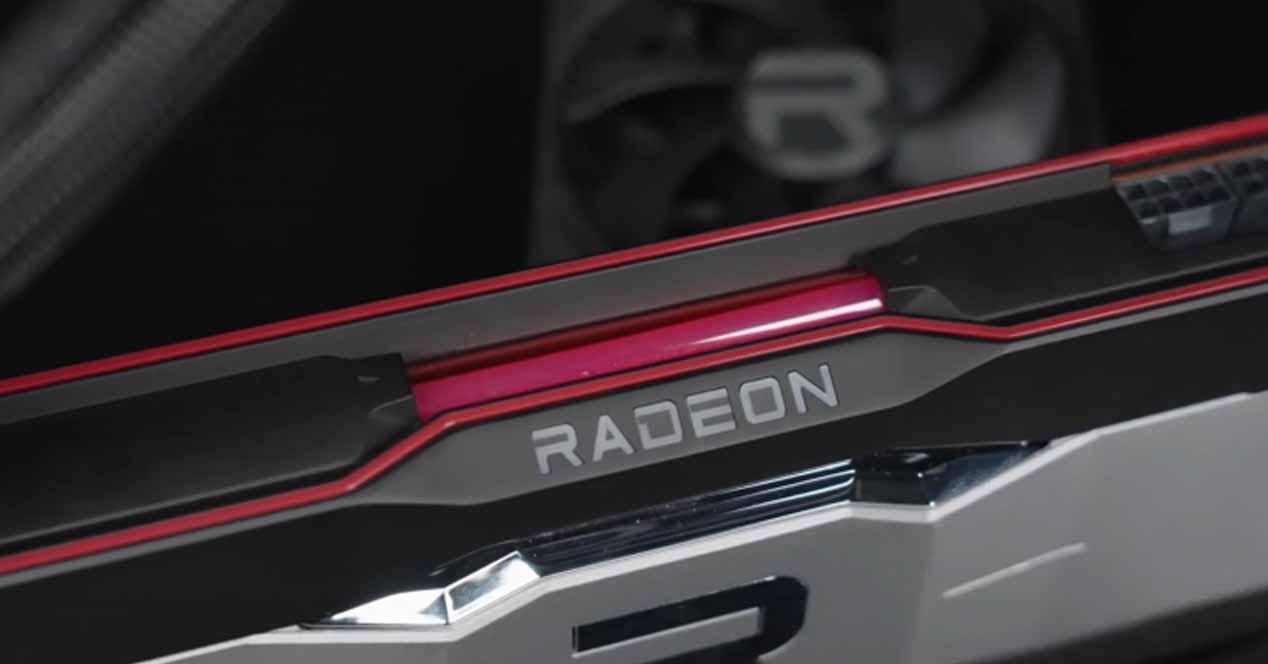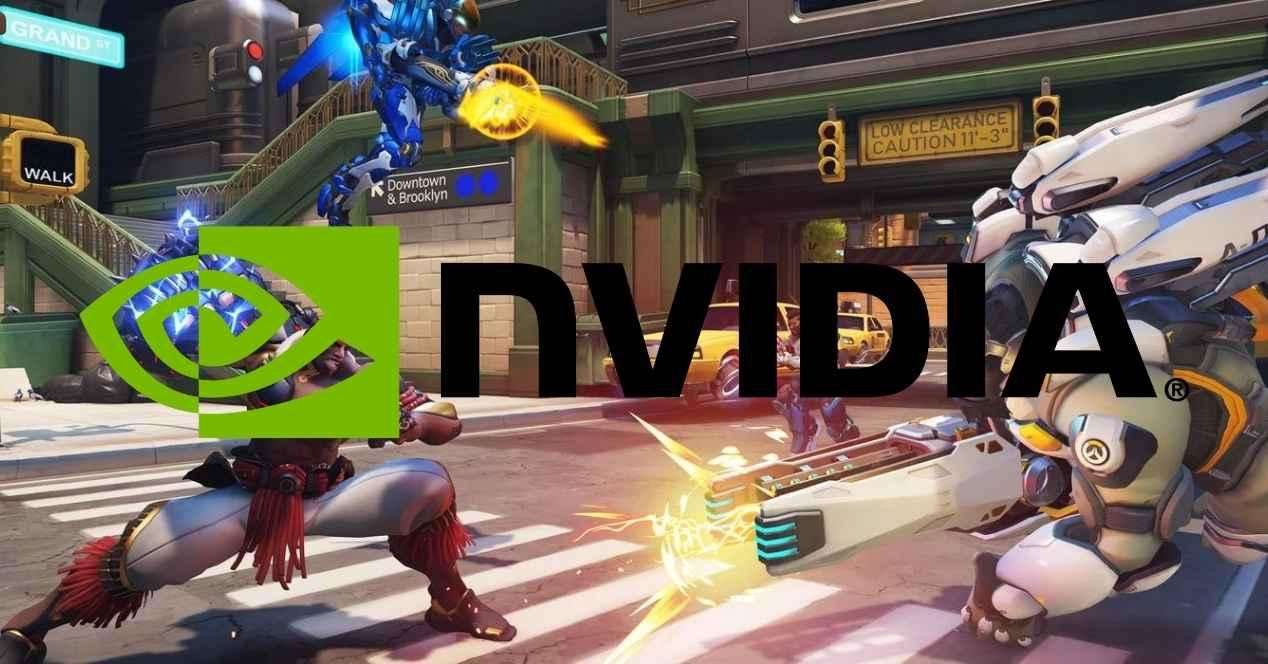
Blizzard’s Hero shooter has a very clear proposal, in principle it’s a first-person team shooter game with the same premises as classics like the Call of Duty or Counter-Strike sagas. However, add the fact that each player controls a different character with different skins, roles, and abilities. So Overwatch was the transfer of concepts from MMOs and MOBAs to first-person shooters. However, it was forgotten and now Blizzard has decided to give it a second chance in the form of a second part in name only and being Free to Play, to see if they can revitalize their game again.
Over 500 FPS in Overwatch with new NVIDIA graphics
What is the point of a graphics card generating more frames per second than our computer monitor can display? Well, that is what NVIDIA has shown in Overwatch 2 running on its RTX 4080 and RTX 4090. What at first seems absurd nonsense seeing the figures that can be seen in the performance graphs shared by Jen Hsen Huang.
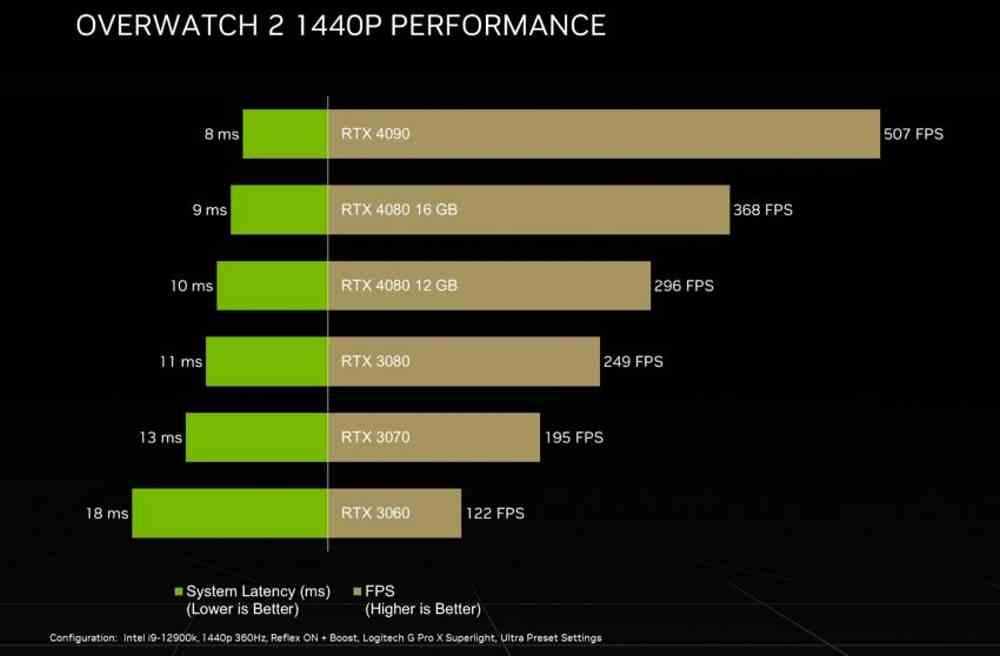

If there is something that today differentiates PCs from consoles, it is being able to use monitors with high refresh rates that go beyond 60 Hz, which allows much higher frame rates which is key for competitive gaming and eSports. Of course, if we talk about speeds above 360 FPS, it no longer makes sense, however, NVIDIA’s message is not to talk about how powerful its graphics cards are, but about the usefulness of its accessory technologies and especially the adoption of AI in graphics for games, as this is its differential element with respect to AMD.
We have to leave that each new frame that is reproduced on the screen does not depend only on the graphics card, but also other elements such as CPU and peripheral latency. That is why NVIDIA already released Reflex in its day in order to cut input capture latency. That is, what we write with the mouse and keyboard, as well as the output. We have to start from the fact that the higher the frame rate, the shorter the duration in time of each one of them. So any cut of milliseconds is already a speedup. However, that is only half the story.
NVIDIA’s secret is frame interpolation
NVIDIA’s example with Overwatch 2 also affects the rest of the titles. If we have the same game, we play under specific conditions and we go up in graphics card, then we will realize that we will reach a point where adding an increasingly powerful one does not help at all. The reason? The frame time corresponding to the central processor will not be able to be cut any further unless we change it to a more powerful one. And that’s where DLSS 3 comes in and its frame interpolation, which consists of the old trick of generating a new frame from the information of two already existing ones and in the image buffer.
At high speeds we find the paradox that it is very likely that two frames are consecutive, they are in the memory of the graphics card waiting to be launched. This is where the DLSS 3 Optical Flow Engine acts and making use of the dozens of Tensor Cores an intermediate frame is generated in record time, thereby increasing the speed of the game. Since these intermediate frames, when generated from others, do not need CPU time, it allows to achieve such frenetic rates in competitive games without problems.
In other words, NVIDIA’s message is not that you need an RTX 4080 or 4090 to achieve high frame rates, but that at a certain point it is not necessary to generate new frames in a traditional way and that is where Deep Learning takes the helm.
Does not translate into a competitive advantage
The reason why the processor is necessary to generate a new screen list is due to the fact that it has to capture the player’s actions with the mouse, keyboard or control knob, as well as update the elements on stage. Which of them are active? Where are they? Which have collided with each other? This makes it exist a separation between the speed in which the information of the game update is updated and in which the graphics card of our PC generates the images.
To understand it, we have to start from the fact that the processor will always generate a new screen list at a specific speed, so the action will continue even if we do nothing, it is when one of our actions changes the future of the game that the effects of this on the game are calculated. Said check is not done in real time, but every so often it is checked cyclically. That is, we can have a game running for example at 120 FPS and generate them at 8.33 ms, but whose internal engine runs at 60 FPS and, therefore, the CPU captures the input data every 16.63 ms. So the player’s reaction time does not increase.
We don’t know how fast Overwatch 2 reads the player’s actions, but we’re sure that 532 FPS you get with an i9-12900K and an RTX 4090 is not the speed at which the game engine runs. What’s more, we don’t think it will go over 120 FPS, which is the limit on consoles.
